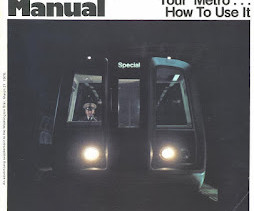30 November 2017 | Rethinking the Government-Nonprofit Partnership: Who’s Funding Whom?, by Kelly LeRoux
PMRA (Public Management Research Association)
NOVEMBER 30, 2017
The most prominent example of this is the collective effort by the Ford, Kresge, Mott, and the Knight foundations to fund over $330 million of the bailout for the bankrupt City of Detroit in 2013. Who Benefits from Nonprofit Economic Development? Examining the Revenue Distribution of Tax-Exempt Development Organizations among U.S.










Let's personalize your content